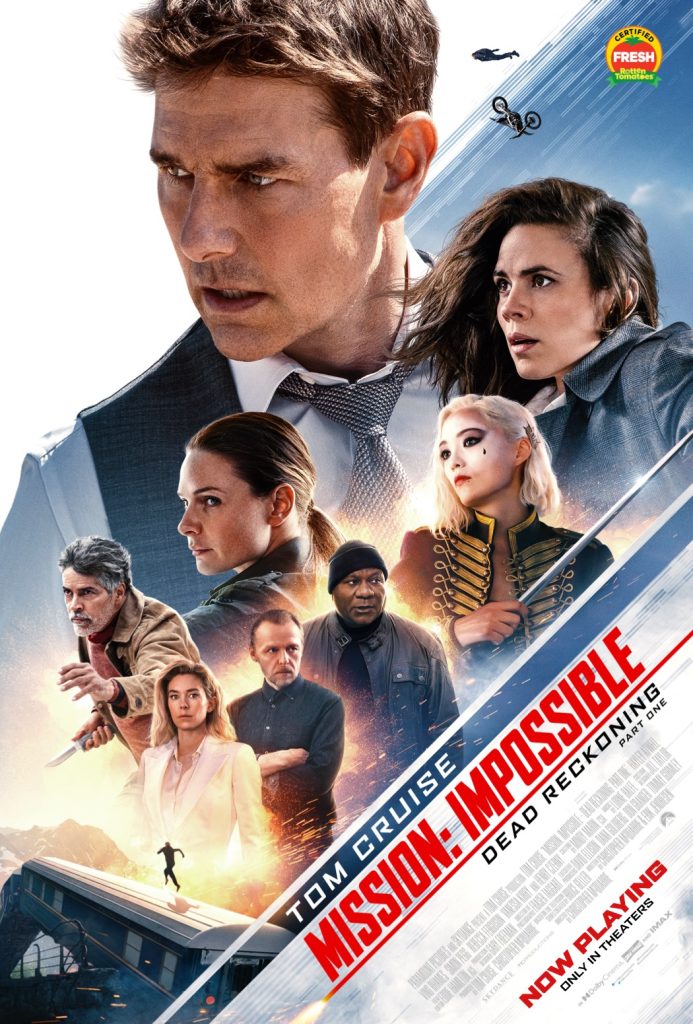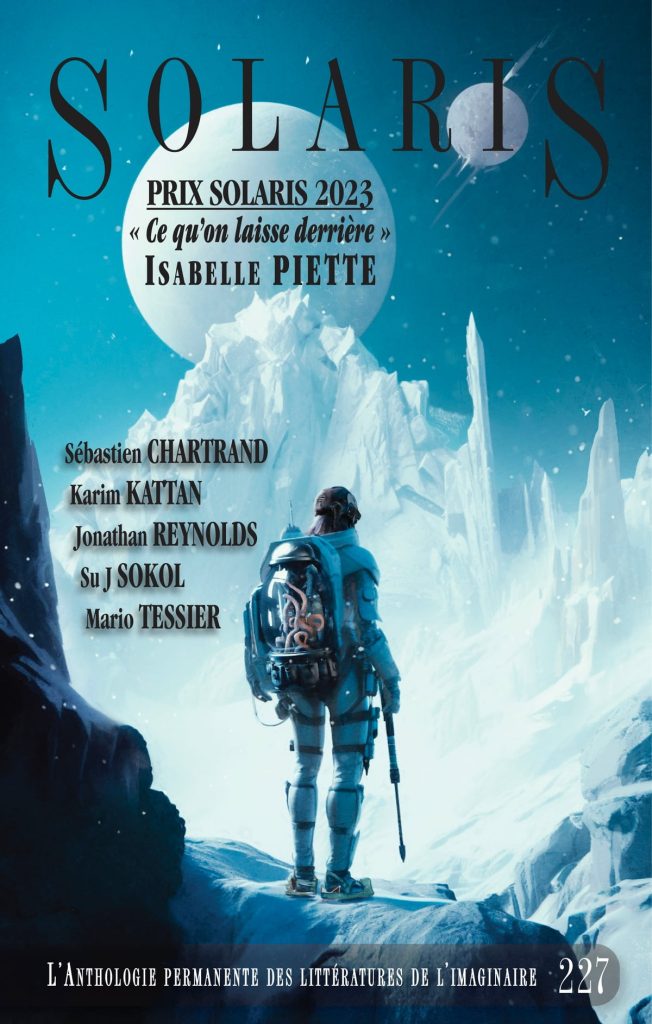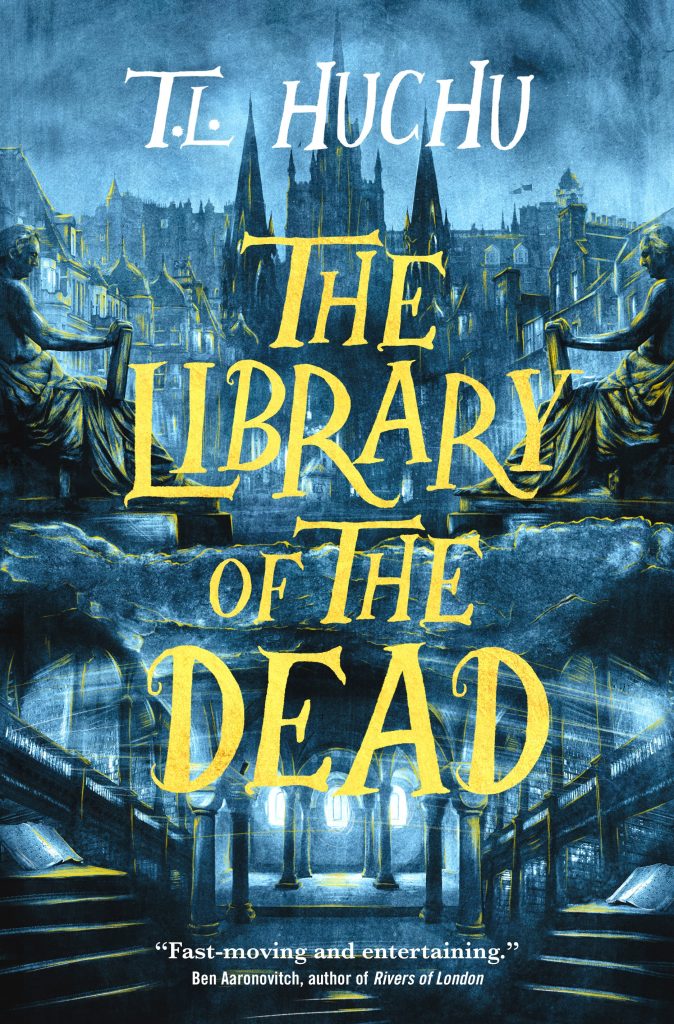Mission: Impossible – Dead Reckoning Part One
By Fred Azeredo

From a simple yet iconic computer room heist in the first film to a high-speed helicopter chase with a nuclear detonator at stake in the last one, the Mission: Impossible series continually raises the stakes. It is the rare action franchise that has managed to top itself with (almost) every instalment, mainly thanks to the indefatigability of its star, the apparently ageless Tom Cruise. Even by its own standards, though, the new film is a hell of a leap. Does it work? Even now, I’m not quite sure. Should you see it? Yes.
The biggest gamble Dead Reckoning takes is leaving the spy genre entirely. The film’s villain is not a global terrorist or agency turncoat—it’s not even a human being, but rather a rogue AI, the Entity, intent on destroying the very idea of ‘truth.’ Before you accuse the writers of ripping the plot from the headlines, note that this screenplay was written in 2019. Yet, as timely as the AI twist ended up being, it would’ve achieved its purpose even if ChatGPT wasn’t a thing; besting the Entity serves as an even more impossible mission for Ethan Hunt to overcome. How can a single man, even Tom Cruise, possibly stand up to an existential threat against humanity that knows everything he’s planning and has endless resources at its disposal?
As the second part of this instalment is still to come, I really couldn’t say. But I bet it’ll be even more thrilling than what we’re given in this movie. The added challenge renders all the expected action scenes even more electric, like a confident performer tying one hand behind his back. One involving a runaway train is a series best, and this is the franchise that once had Cruise scale the outside of the Burj Khalifa with one hand during a sandstorm. Dead Reckoning is a marvel of not only stunts and choreography but also screenwriting—even knowing that, of course, the good guys will triumph, the movie keeps us wondering how they could possibly pull it off this time. Even on my second viewing, it couldn’t help but work its strange, thrilling magic on me, and I can’t wait for another helping.
Mission: Impossible – Dead Reckoning Part One is in theatres now. The second part is set to release June 2024 (hopefully).
Solaris no. 227
Par Magdalena Nitchi

J’attendais avec impatience la 227ème édition de Solaris, un magazine que j’ai déjà couvert— mais que je trouve toujours spécial. Comprenant des œuvres de Jonathan Reynolds, Su J. Sokol (traduit par Émilie Laramée) et de Mario Tessier, ce numéro présente les plus récentes grandes nouvelles de science-fiction et de fantasy, ainsi que quelques éléments de réflexion intellectuelle.
Le lauréat du prix Solaris de cette année a vraiment conquis mon cœur. « Ce qu’on laisse derrière » d’Isabelle Piette est un chef-d’œuvre absolu qui entraîne sans effort le lecteur dans la tête, et dans l’état émotionnel délicat de ses personnages. L’histoire suit Kara, une scientifique aux prises d’une maladie dégénérative, qui voyage en raquettes à travers une chaîne de montagnes périlleuse afin de sauver Alyk, une intelligence artificielle. Conçu pour fonctionner comme un « cerveau » pour un vaisseau spatial, Alyk a acquis un niveau de sensibilité au-delà des attentes des scientifiques du laboratoire pour lequel Kara travaillait. Ainsi, elle se retrouve dans une mission de sauvetage inattendue, non seulement pour sauver Alyk du système capitaliste qui veut utiliser un être sensible comme une machine, mais aussi pour avoir une dernière aventure et accepter sa condition. Elle se rapproche de l’IA alors que celui-ci l’aide à surmonter des défis inattendus sur son chemin vers la liberté. C’est une histoire touchante, satisfaisante et émouvante.
Un autre moment fort de ce numéro a été « Le Cabinet des Curiosités Surnaturelles ». Sébastien Chartrand couvre une panoplie d’espèces fantastiques issues de bestiaires d’autrefois, comme le monocéros à la truie marine – un poisson géant avec des pattes et une tête de sanglier — une des variantes moins connues de la licorne. Bien que Solaris soit peut-être plus connu pour sa science-fiction, cette pièce m’a beaucoup intéressé; Chartrand fait un excellent travail en déterrant des espèces qui ont été oubliées depuis longtemps, et en étudiant également leurs apparitions dans la fiction spéculative moderne. Son travail constitue un excellent complément au segment « Les Carnets du Futurible » de Mario Tessier, qui traite de ChatGPT et l’IA dans ce numéro.
Je lis Solaris depuis longtemps, et cette édition était parfaite pour moi. Avec des histoires qui discutent de l’IA et des sociétés dystopiques en relation avec le handicap, le genre, la télépathie, et même la foi religieuse, la science-fiction dans Solaris 227 est à ne pas manquer.
The Library of the Dead
By Catherine Hall

Ahead of the release of The Mystery at Dunvegan Castle, I thought to revisit the first installment of T. L. Huchu’s bestselling Edinburgh Nights series. The Library of the Dead, published in 2021, is a dark and spellbinding novel with monsters, supernatural horror, and inventive worldbuilding that hooks you from the first page.
Set in the near dystopian future in an alternate world of magic, the story follows fourteen-year-old Ropa, who dropped out of school to become a ghostalker—someone who can communicate with the dead. Now, she makes a living carrying messages from the dead to those they left behind. One night, when the spirit of a dead mother approaches her, begging for her help in finding her lost son, Ropa inadvertently finds herself tangled up in a dark mystery that threatens Edinburgh’s children.
It took me a while to get used to Huchu’s direct and slang-filled prose, but the style fits the protagonist perfectly and brings charm and humour to even the darkest moments of the novel. Ropa—like nearly all the characters—is incredibly endearing with her wit and attitude, but the standout character is Edinburgh itself. We walk past some of the city’s most recognizable sights and streets, but each is more eerie and disturbing than they appear in even the best Edinburgh ghost tours. The novel also boasts an alluring secret occult library and the everyThere—a sort of Purgatory inhabited by terrifying creatures who devour anyone who does not belong.
Huchu falls too often into info-dumping as Ropa slowly learns the ins and outs of magic (including protracted explanations about entropy and thermodynamics). However, his attention to detail must be praised; what may seem like throwaway asides or random details are actually intrinsic to the plot, and I was surprised by how well everything came together in the end.
I admit, I was slightly disappointed in the sequel, Our Lady of Mysterious Ailments, but I have high hopes for The Mystery at Dunvegan Castle, which was released on August 29th in Canada. If you like urban fantasy, the trappings of the occult, and supernatural horror, then T.L. Huchu’s series should be right up your alley.
